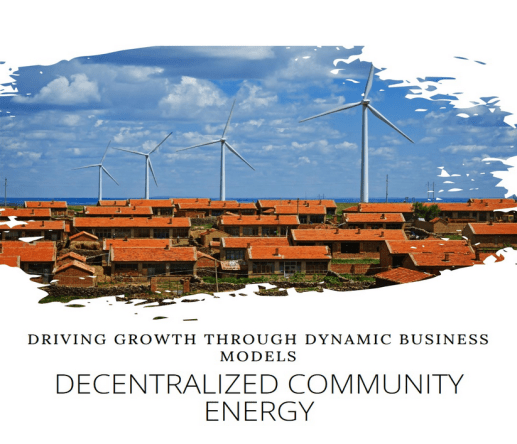
In this third post of a mini-series of three, I want to explain this further through a value proposition of how community energy can work and the realism that proposes a radical rethinking of how we are thinking about the present-day Energy Transition and shifting this from a centralized approach into this transition of a decentralized community that generates, consumes, perceives and owns its energy destiny.
This radical concept envisions the energy transition as a living, evolving entity that bridges technology and nature, sparking profound shifts in how communities generate, consume, and perceive energy. It challenges established norms and prompts a complete reimagining of our relationship with energy and the environment.
My underlying thinking is through ecosystem thinking and design, triggering innovation engagement and activation strategies to promote innovation and change the energy transition dynamics within a community setting, offering decentralized community energy.
Empower Your Community’s Energy Future with Decentralized Energy Cooperatives
Continue reading



